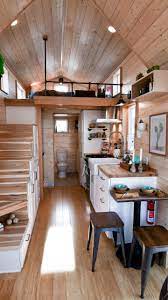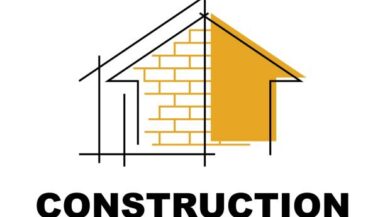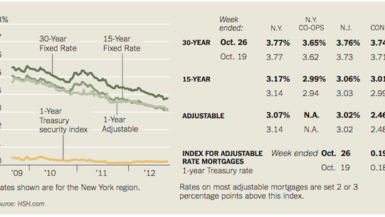Introduction
Tiny houses have been gaining popularity as an innovative and sustainable solution to the traditional housing model. These small, efficient dwellings are designed to provide everything you need while promoting a simpler, more intentional lifestyle. In this article, we will explore the process of building a tiny house, from planning and construction to the unique challenges and rewards of tiny house living.
What is a Tiny House?
A tiny house is a compact living space, typically ranging from 100 to 400 square feet, designed to meet all the basic needs of its occupants. These ingeniously designed homes often feature multi-functional furniture and creative storage solutions to maximize the use of limited space.
Advantages of Building a Tiny House
The decision to build a tiny house comes with a multitude of benefits. Firstly, tiny houses are more affordable than traditional homes, making homeownership more accessible to a broader range of people. Additionally, the smaller footprint reduces the environmental impact, promoting a more sustainable way of living. Moreover, the freedom to move your home with you allows for a flexible and adventurous lifestyle.
Planning Your Tiny House
Setting a Budget
Before embarking on your tiny house journey, it’s essential to set a realistic budget. Consider all the costs, including land, construction materials, permits, and interior furnishings. Being clear about your financial limitations will guide your choices throughout the process.
Choosing the Right Location
Finding the perfect location for your tiny house is crucial. Whether you prefer urban living or a serene countryside setting, ensure that zoning regulations allow for tiny houses in your chosen area.
Designing the Layout
Efficient and thoughtful design is the cornerstone of a successful tiny house. Create a detailed floor plan that suits your lifestyle and includes ample storage solutions.
Selecting Building Materials
Choosing the right building materials is vital for a durable and energy-efficient tiny house. Opt for sustainable and eco-friendly options whenever possible.
Building Your Tiny House
Foundation and Flooring
Decide whether you want a tiny house on wheels or a permanent foundation. Each option has its advantages, so make the choice that aligns with your lifestyle goals.
Framing and Walls
Building the frame is a critical step in the construction process. Choose the right framing materials to ensure the structural integrity of your tiny house.
Roofing and Insulation
Proper roofing and insulation are essential for maintaining a comfortable and energy-efficient living space.
Electrical and Plumbing
Installing electrical wiring and plumbing systems requires careful planning to optimize space and functionality.
Interior Design and Space Optimization
Furniture and Storage Solutions
Invest in furniture that serves multiple purposes, such as a sofa with built-in storage or a foldable dining table.
Maximizing Vertical Space
Utilize vertical space with shelves, cabinets, and lofted sleeping areas.
Multi-Functional Areas
Designate specific areas for different functions, such as a workspace that doubles as a dining area.
Sustainability and Eco-Friendly Features
Solar Panels and Renewable Energy
Harness the power of the sun with solar panels to generate clean and renewable energy.
Rainwater Harvesting
Implement rainwater harvesting systems to reduce water consumption.
Energy-Efficient Appliances
Choose energy-efficient appliances to minimize your ecological footprint.
Legal and Zoning Considerations
Building Codes and Permits
Ensure that your tiny house complies with local building codes and obtain the necessary permits.
Zoning Regulations for Tiny Houses
Research zoning laws to ensure that you can legally live in a tiny house in your chosen location.
Dealing with Homeowner Associations
If applicable, work with homeowner associations to get approval for your tiny house plans.
Challenges and Solutions in Tiny House Living
Dealing with Limited Space
Adjusting to a smaller living space requires creative solutions and a shift in mindset.
Waste Management and Composting Toilets
Explore eco-friendly waste management options, such as composting toilets, to minimize environmental impact.
Heating and Cooling
Maintaining a comfortable temperature in a tiny house can be challenging, so explore efficient heating and cooling options.
Cost Comparison: Tiny House vs. Traditional House
Initial Investment
Compare the cost of building and owning a tiny house with that of a traditional house.
Long-Term Savings
Explore the potential long-term savings of living in a tiny house, including reduced utility bills and maintenance costs.
Prospective Tiny House Builders’ Stories
Read real-life experiences and testimonials from individuals who have built and embraced the tiny house lifestyle.
Conclusion
Building a tiny house is not just about constructing a dwelling; it’s a journey towards a more intentional and sustainable way of living. Embracing minimalism and freedom, tiny houses offer an opportunity to simplify life and focus on what truly matters. If you are ready to downsize your living space and embark on a unique adventure, building a tiny house might be the perfect choice for you.





Leave a reply